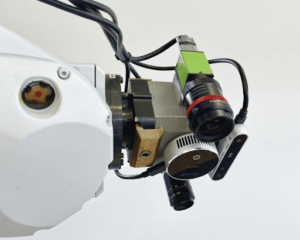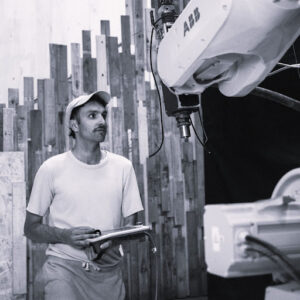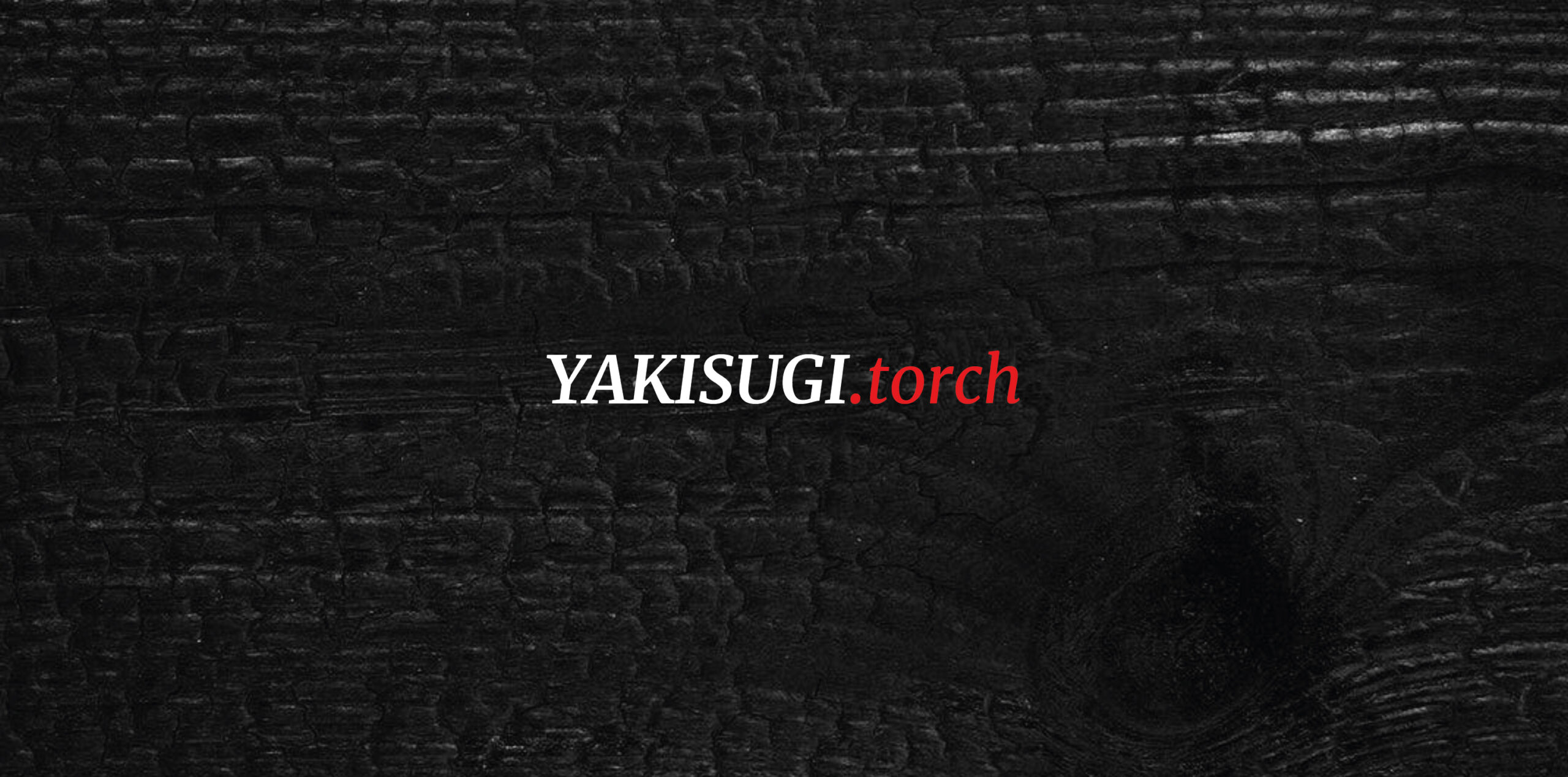
In this hands-on introductory course, students in the robotics in architecture program will explore the fundamentals of sensing technologies, data collection, and communication systems, with an emphasis on Arduino microcontrollers. Architecture students, who are new to electronics and programming, will gain the foundational knowledge and practical skills necessary to integrate sensors into architectural and robotic systems. By the end of the course, students will understand how sensors transform the physical world into actionable data, allowing for the creation of interactive, responsive environments in architectural design.
The course is structured to build from basic concepts to practical application, with each topic introducing essential skills that can be directly applied to real-world architectural and robotic projects. Students will develop the ability to choose the right sensors based on their working principles and specific measurement needs, and will learn to program and interface with these sensors using Arduino and Python to enable bidirectional communication and data visualization.
Learning Objectives
By the end of the course, students will be able to:
- Understand the fundamental concepts of data representation in digital systems.
- Identify key environmental parameters and select appropriate sensors for a variety of architectural tasks.
- Understand the working principles of different sensors and their specific applications in architecture and robotics.
- Use Arduino to interface with sensors, collect data, and communicate with external devices.
- Implement real-time bidirectional communication between Arduino and Python to control systems and visualize sensor data..







